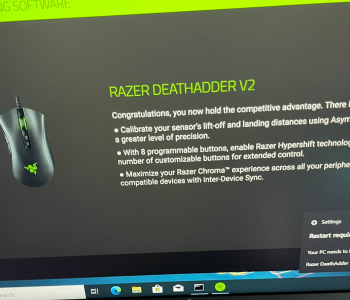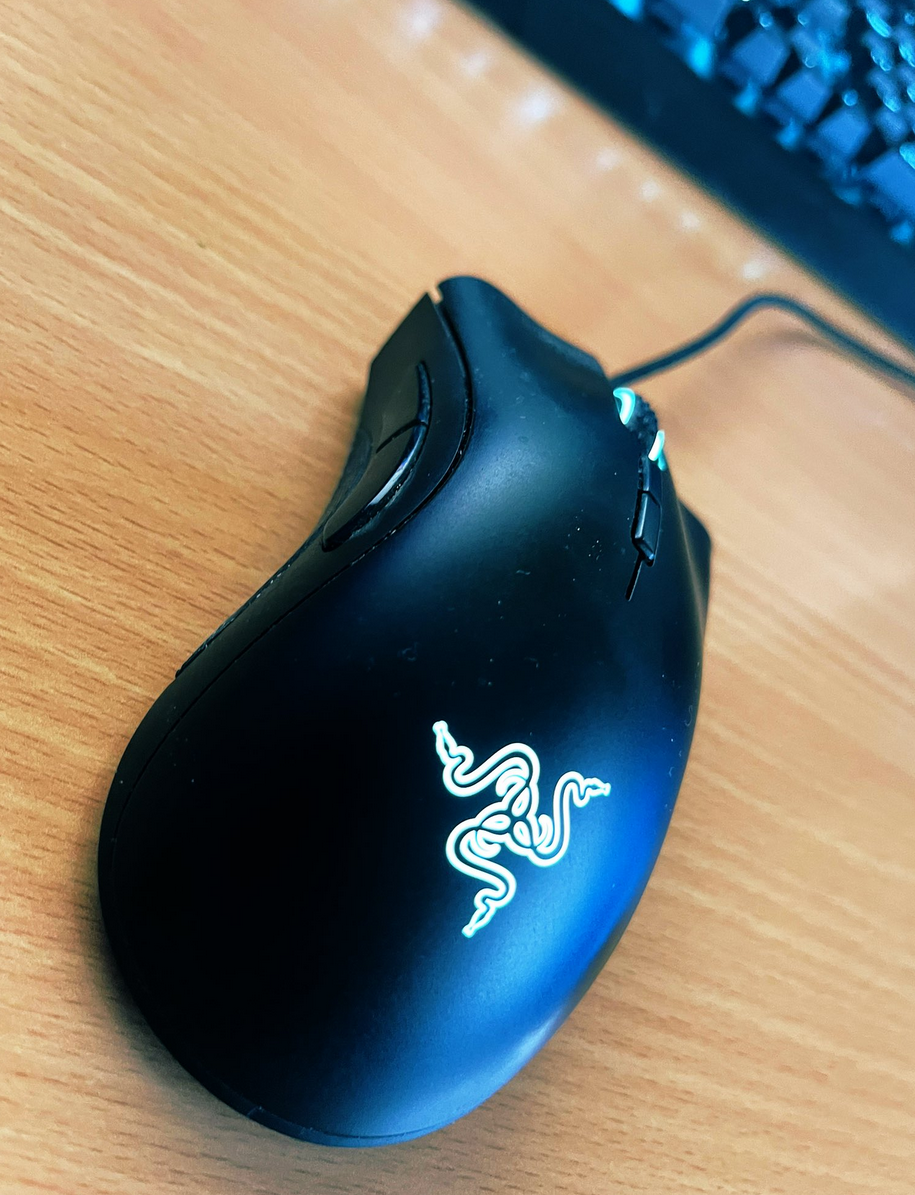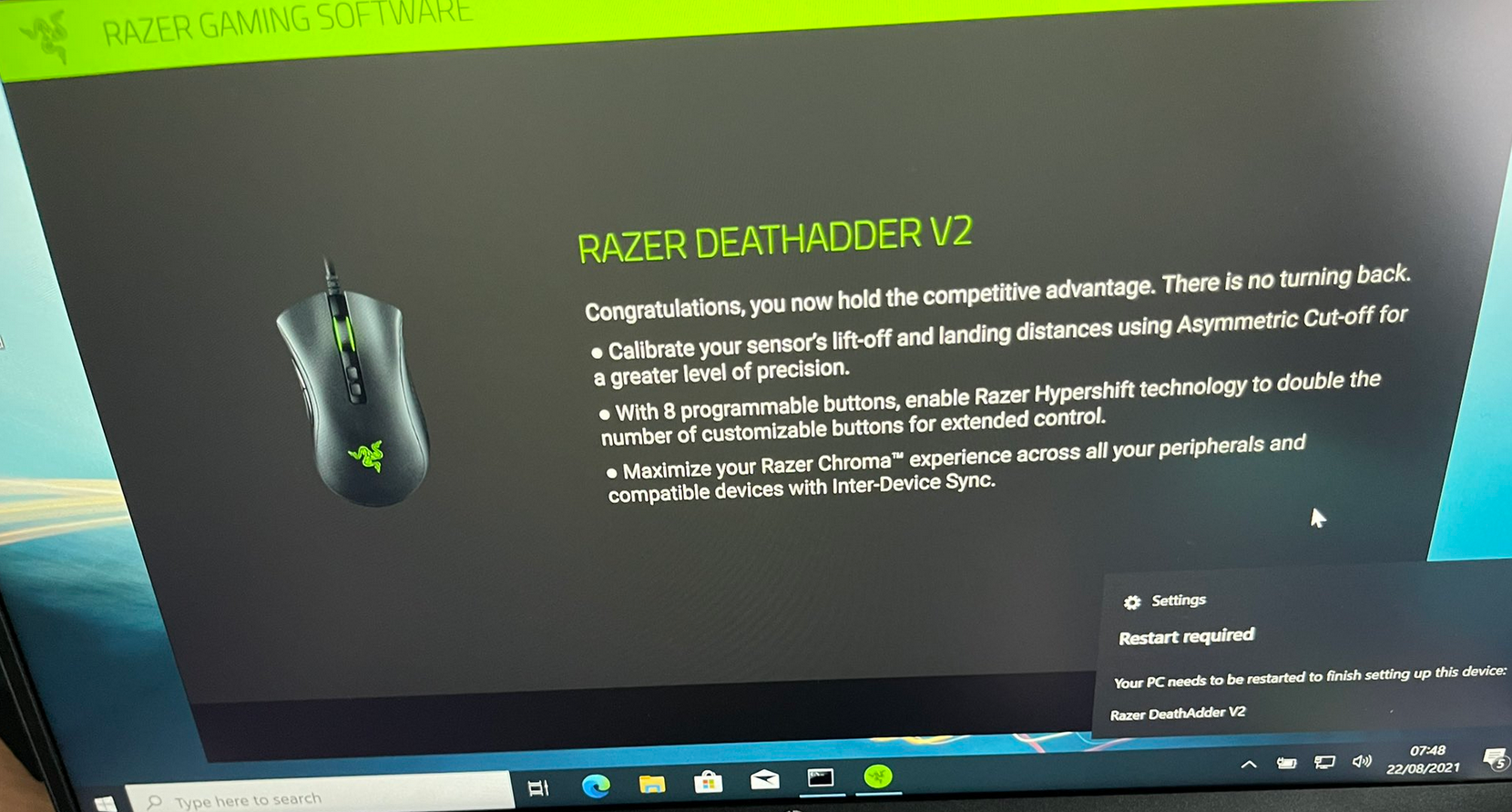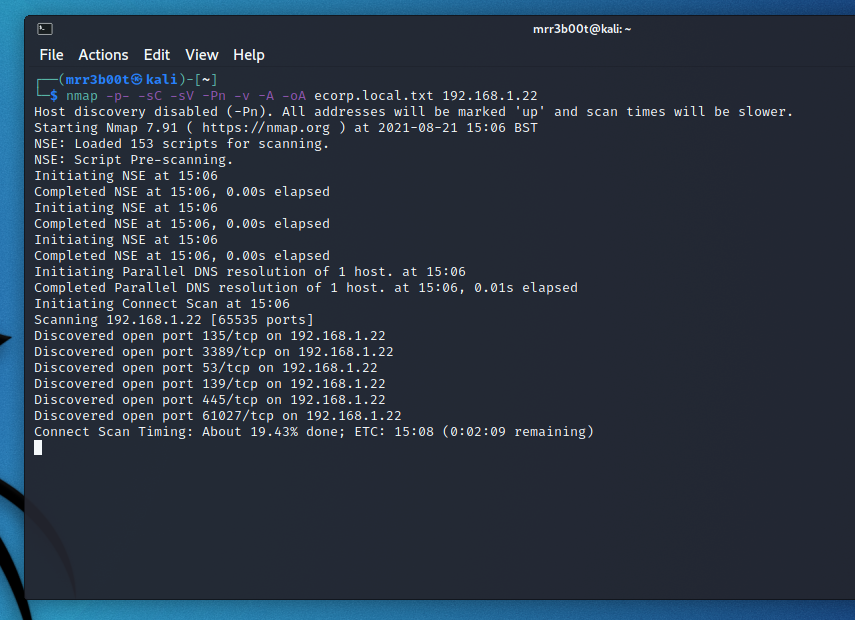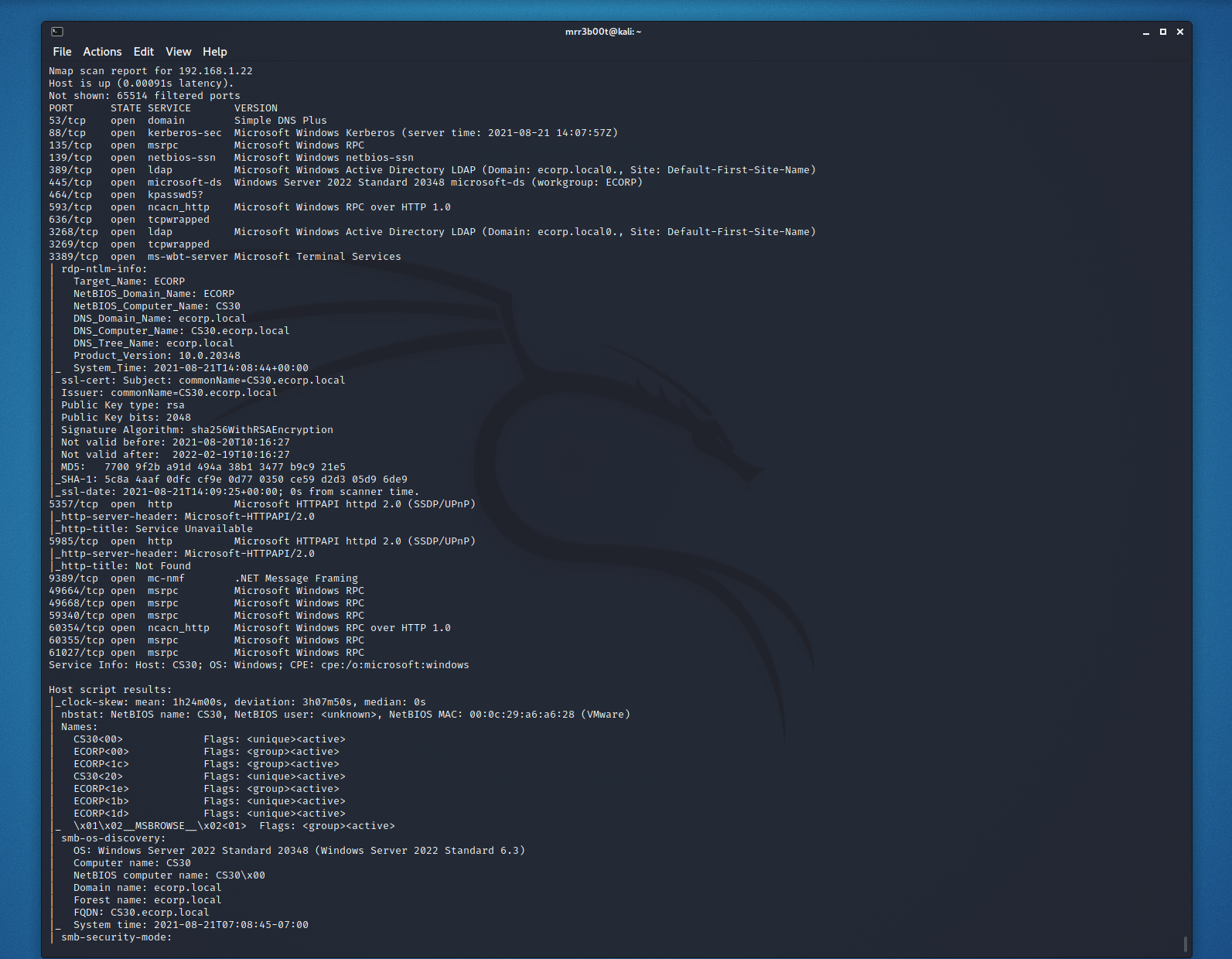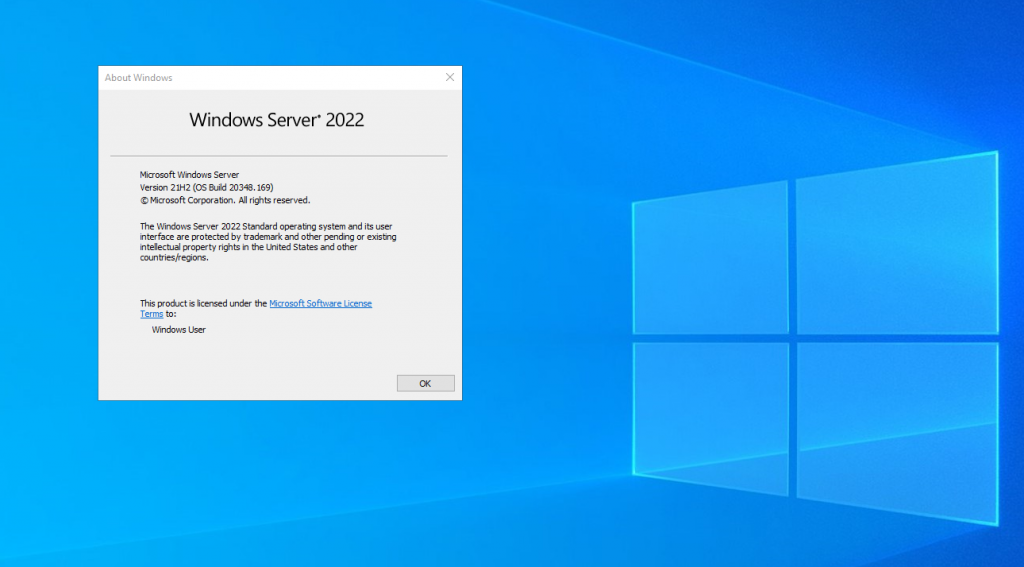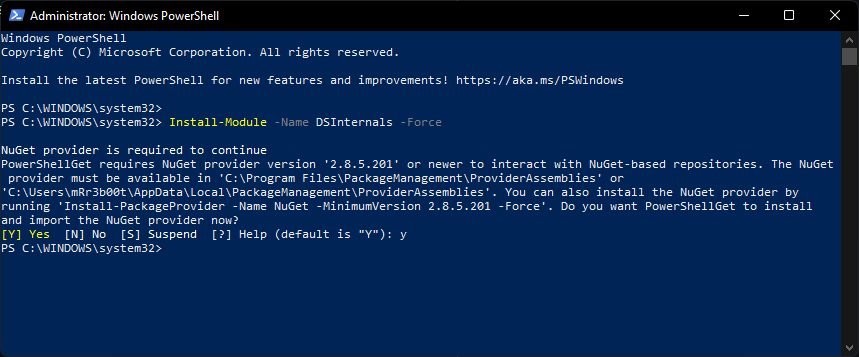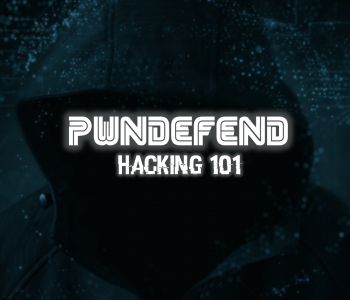 Strategy
Strategy
Cyber Strategy Magic
Strategic this, strategic that
People band strategy around like it’s some sort of mythical beast that requires no knowledge of the subject involved but is done by wizards and executives (it’s just done by people, but I digress) so I thought I’d talk about strategy development.
Now forewarning you might come out of this post thinking… there must be something else… something you are missing as Dan’s not showing any secret magic…. Often what is commonly lacking when looking at strategic execution is effective communication, consensus, and marathon like commitment to deliver on said goals and objectives. Why? Because that part is really, really, hard, if it wasn’t we’d all be sipping Bollinger in the Bahamas.
Know the business
If your first thoughts are to run to Sun Tzu or grab an ISO27001 document then you should probably pause, grab a tea, and take a breath. In my experience cyber security is:
- Not a war
- Does not require anything to do with the military
- The answers are not simply in a book or standard document
People often think that a framework, guide, or standard will give them the answers. Sure, they are often useful tools to help, hell the domain of cyber is broad as hell and there’s so much to do and often so little time, so job aides and not re-inventing the wheel is a good thing, that doesn’t however just mean that with documents you will be in a good position. Read more “Cyber Strategy Magic”
